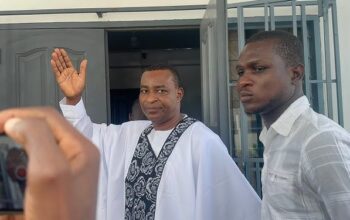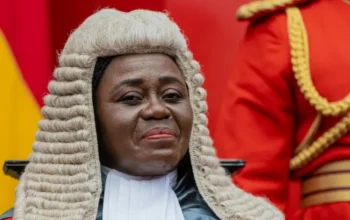On March 27, 2025, Vincent Ekow Assafuah, the Member of Parliament for Old Tafo, filed a constitutional writ in the Supreme Court, seeking clarification on the procedure for removing a sitting Chief Justice under Article 146 of the 1992 Constitution. The issue arose after President John Mahama received petitions to remove Chief Justice Gertrude Torkornoo and began consultations with the Council of State without first informing the Chief Justice.
The plaintiff argues that this process breaches constitutional provisions and undermines judicial independence and due process. He requests that the Court rule that the President is required by the Constitution to notify the Chief Justice and invite her input before engaging with the Council of State regarding a removal petition. This article examines the text and structure of Article 146, relevant Ghanaian case law, and comparative constitutional principles to assess whether such a duty exists, providing a neutral and doctrinal analysis of the legal matters at hand.
The Text and Structure of Article 146
Removal Procedure under Article 146: Article 146 of the 1992 Constitution outlines a detailed procedure for the removal of Justices of the Superior Courts (including the Chief Justice) and Chairpersons of regional tribunals. According to Article 146(1), a superior court judge enjoys security of tenure and can only be removed for “stated misbehaviour or incompetence” or due to an inability to perform duties because of infirmity.
Article 146(2) emphasizes that removal can only occur in accordance with the procedure outlined in Article 146(5). For Justices other than the Chief Justice, the process begins with any person submitting a petition to the President, who must then refer the petition to the Chief Justice. The Chief Justice is responsible for determining whether the petition presents a prima facie case, meaning she acts as an initial filter to decide if the allegations, at face value, warrant a full investigation.









